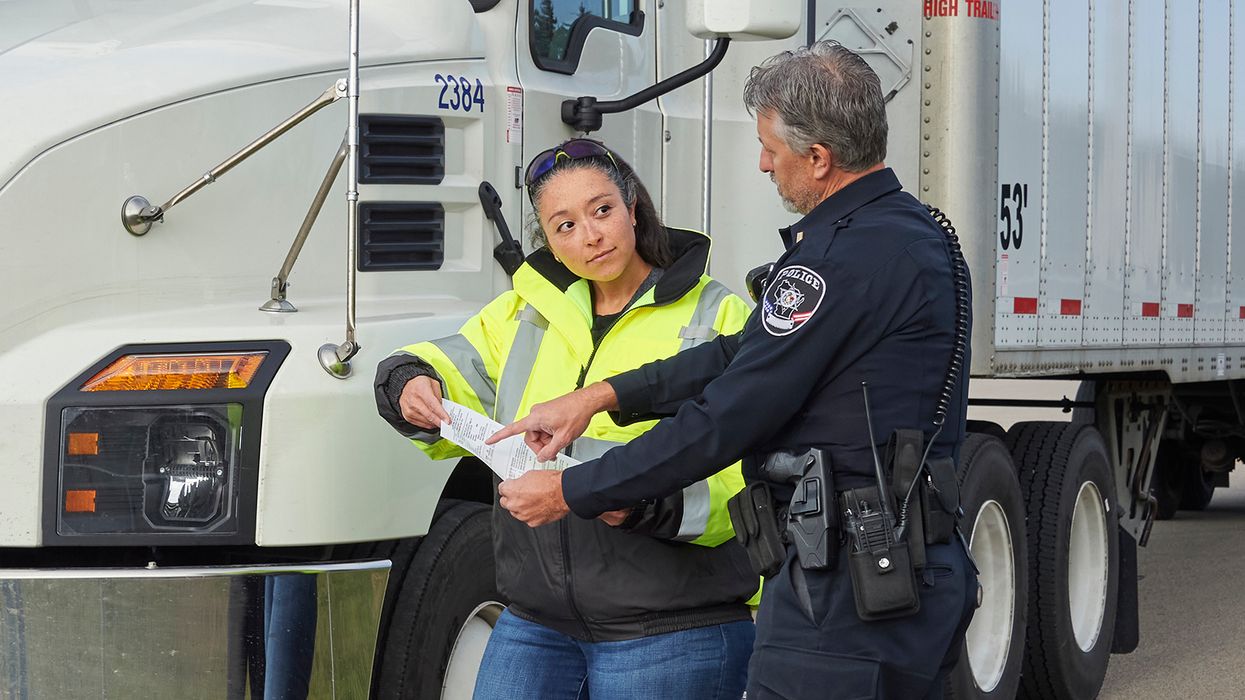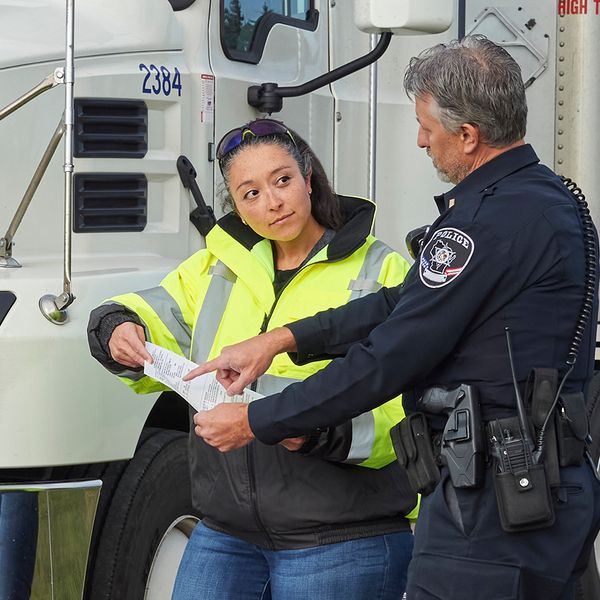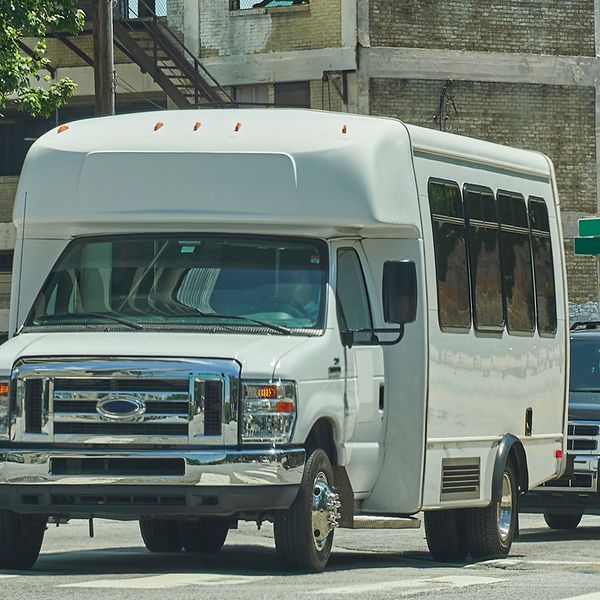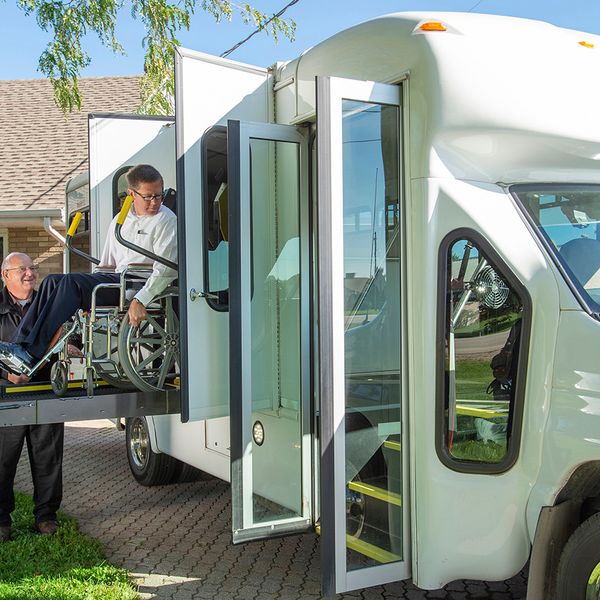The 8th BASIC How insurance violations may lead to an audit
Most carriers are familiar with the Compliance Safety Accountability (CSA) program’s seven BASICs, or Behavior Analysis and Safety Improvement Categories. Far fewer are aware that in addition to the seven BASICs, there is an Insurance/Other Indicator used for prioritization. Prioritization means the carrier is monitored closely and may be “prioritized” for enhanced interventions such as warning letters, additional inspections, reviews, and audits.
Two of the most frequent questions asked regarding insurance are, “Do I have to have insurance?” and “How much insurance do I have to have?” The first is a simple answer, “Yes,” but the answer requires additional explanation. The answer to the second question is more complicated.
Do I have to have insurance?
Insurance is required by both the Federal Motor Carrier Safety Administration’s (FMCSA) regulations and individual state laws. Insurance is the primary method carriers use to meet the FMCSA’s required levels of financial responsibility.
The CSA program’s Insurance/Other Indicator is defined as:
Failure to comply with registration, insurance, or other reporting requirements. A sample violation includes “operating a CMV (Commercial Motor Vehicle) without the minimum level of financial responsibility…”
A carrier can be prioritized for intervention based on a single insurance violation.
The FMCSA’s requirements focus on interstate for-hire property and passenger carriers as well as inter- and intrastate hazardous material haulers. State insurance laws often apply to any type of vehicle.
How much insurance do I have to have?
The types and amounts of insurance coverage required by states can vary from state to state. As a starting point, states often require the same or similar amounts as required by the FMCSA. In addition to liability coverage, states may require uninsured motorist coverage and additional amounts depending on the operation. For example, a state may require additional insurance if moving an oversized or overweight commodity or load.
The FMCSA’s required limits are dependent on the operation type, e.g., property or passenger for-hire, hazardous material division, quantity, container type, packing group, etc. The federal required levels of financial responsibility for carriers operating vehicles ranges from $300,000 to $5,000,000:
| Amount | Carriage | Commodity |
| $300,000 |
| Property – non-hazardous |
| $750,000 |
| Property – non-hazardous |
| $1,000,000 |
|
|
| $5,000,000 |
|
|
| $5,000,000 |
|
|
| $1,500,000 |
|
|
| $5,000,000 |
|
|
Do I need to carry proof of insurance in the vehicle?
Other than for Mexico-based carriers, the FMCSA does not require proof of insurance to be carried in the vehicle. Many states, however, require proof of insurance to be carried.
Important reminders
Required insurance generally covers bodily injury and property damage liability. The federal minimum levels have not been raised in nearly 40 years. Carriers should consider the actual exposure to risk, not the minimum required.
Carriers have more control over their insurance rates than they may realize on the surface. Insurance underwriters are keenly interested in a carrier’s compliance trend-lines and whether the carrier uses technology. Without good collaborating data of the carrier’s safety program, the underwriter may assume that safety technology and programs are not in place. Pay close attention to your safety indicators and work with the underwriters.

















































